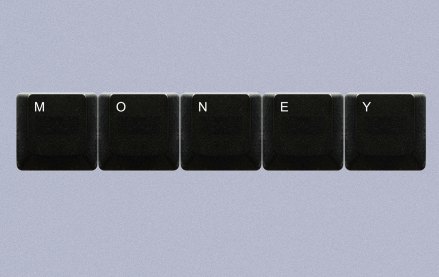‘A stamp of legitimacy’: TikTok turns up its branded content spending and profile with publishers

After a blitz of ad spending and careful marketing propelled TikTok into the mainstream, the ascendant social platform has begun using media companies to give it another stamp of legitimacy.
Over the past couple months, TikTok has begun paying publishers ranging from BuzzFeed to PinkNews to The Dodo for branded content campaigns designed to raise awareness of content on its platform. TikTok has also been encouraging publishers to spend money on its platform and has been taking pitches on how it can work more collaboratively on campaigns, according to one source that heard the pitch in the past several weeks. Publishers are being encouraged to create and distribute content using their own talent, as well as TikTok’s influencers, though it is not doing any match-making of talent.
“TikTok is starting to play with publishers a lot more,” a chief revenue officer at a large lifestyle publisher said. “[It] has just opened up the door for publishers to do more together [with them].”
That spending is a drop in the bucket compared the billions TikTok plans to lavish on creators over the next three years; on Wednesday TikTok announced it would spend $1 billion funding creators in the U.S. alone over the next three years, and at least twice that amount globally.
“I think the way they’re looking at media companies is for a stamp of approval or a stamp of legitimacy,” said Mae Karwowski, the CEO of influencer marketing agency Obvious.ly. “It’s less, ‘You’re going to power our newsfeeds.’”
Over the past couple years, TikTok has not been shy about spending money on advertising. It spent close to $1 billion in 2018, according to a report in The Wall Street Journal, and separate analysis released by MediaRadar this spring suggests the platform spent four times that amount in 2019.
The lion’s share of that ad spending — 80%, per MediaRadar analysis — was focused on app installation ads on Snapchat, one of TikTok’s biggest competitors for young people’s attention.
But recently, that balance has shifted. “Now that they are in the mainstream, them solidifying their relationships with media companies is a way to further that,” Karwowski said, adding that recent scrutiny from the U.S. government influenced the dynamic too: Keeping a close business relationship with the media, which helped generate momentum for the conversation around whether TikTok should be banned, makes sense as well, she said.
And on the other side of the coin, publishers, during a challenging business climate, will take revenue wherever they can find it. But having been burned by platforms in the past, they are also approaching TikTok cautiously, even as more publishers join the platform every week. Publishers such as NowThis, Complex and Insider mostly use TikTok as a place to syndicate and redistribute content they’ve made for other platforms. BuzzFeed has been spending modest amounts — usually well under $50,000 per month, according to a source familiar with the matter — to experiment with driving branded content views on TikTok.
Part of that caution stems from an issue that other marketers have with the platform: Its youthful audience is largely too young to appeal to marketers. “I look at who’s on the platform, and it’s like, my 11 year-old niece,” the chief revenue officer said.
More in Media

From sidelines to spotlight: Esports events are putting creators center stage
Esports events’ embrace of content creators reflects advertisers’ changing priorities across both gaming and the wider culture. In the past, marketers viewed esports as one of the best ways to reach gamers. In 2025, brands are instead prioritizing creators in their outreach to audiences across demographics and interest areas, including gaming.

Condé Nast and Hearst strike Amazon AI licensing deals for Rufus
Condé Nast and Hearst have joined the New York Times in signing a licensing deal with Amazon for its AI-powered shopping assistant Rufus.

Media Briefing: AI payouts may be entering a new era
AI compensation is evolving — and new models, not just publisher demands, are driving the shift beyond flat-fee licensing.








